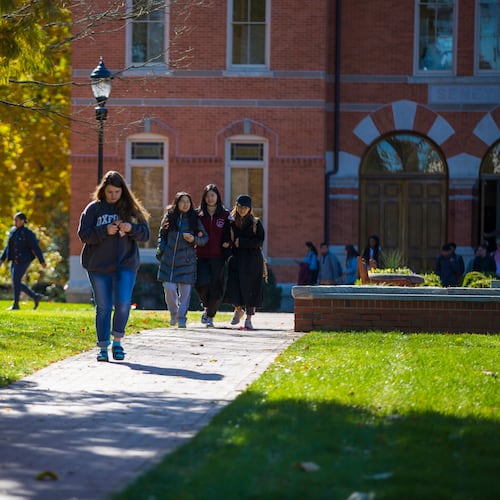How safe are our schools? News reports of school shootings have stimulated school boards across the nation to spend millions of dollars on security. One popular, reactive strategy is "lockdown drills" where teachers and students practice hiding from armed intruders. Are schools really so dangerous that such drills are necessary?
Before diverting school resources to shooter drills, educators should look objectively at the risk of violence:
1. Yes, gun violence is pervasive in the United States.
According to data from the Centers for Disease Control and Prevention, there are approximately 84,000 nonfatal injuries and 33,000 deaths every year involving guns. That works out to about 320 shootings and 90 deaths every day. The cases reported in the news are highly selective and not representative.
2. But school shootings are statistically rare.
With an average of 320 shootings every day, it should be no surprise that a few occur in schools. According to FBI crime statistics, most homicides, including most multi-victim homicides, occur in homes, not schools. Children are almost 100 times more likely to be murdered outside of school than at school. Restaurants have 10 times more shootings than schools, yet there has been no demand for arming waitpersons or conducting restaurant shooting drills.
3. Gun violence could be reduced.
Other modern nations have far lower rates of gun violence than the U.S. For example, gun homicides are seven times higher in the U.S. than in Australia, Canada, France, Germany, India, Italy, Japan, South Korea, Spain, Sweden, and the United Kingdom. Other democratic nations with gun safety laws do not experience our levels of gun violence.
The political debate over gun rights has made it seem impossible to regulate firearms without sacrificing the Second Amendment. But the connection between guns and violence is not as simple as “guns cause crime” or “guns make us safer.” There is scientific evidence that some policies, such as restricting high risk individuals (such as felons and spouse abusers) from access to firearms, will reduce, but not eliminate, violent crime.
4. Prevention does not require prediction.
There is a mistaken belief that we must be able to predict violence in order to prevent it. On the contrary, we can prevent seemingly unpredictable problems through a public health approach. Motor vehicle accidents are reduced by traffic regulations and driver training. Lung cancer has been dramatically reduced by programs to prevent smoking. Violence prevention cannot wait until there is a gunman at the door, but must start long before problems escalate into violence. There are hundreds of controlled studies demonstrating that school-based counseling and violence prevention programs are effective at teaching students how to resolve problems without resorting to violence. Prevention must begin early to be most effective.
The reactive strategy of preparing for shootings has overshadowed attention to proactively preventing shootings and other forms of violence. Studies of mass shootings have repeatedly called for greater efforts to identify and intervene with persons in crisis before they engage in a shooting, a prevention practice called threat assessment. Threat assessments can be conducted for students in schools as well as individuals in the community.
5. Schools can use threat assessment to prevent violence.
In response to the 2012 shooting at Sandy Hook Elementary School, Virginia legislation mandated that its public schools implement threat assessment teams. Nearly 2,000 Virginia public schools now have multidisciplinary threat assessment teams composed of educators, mental health professionals and law enforcement officers who investigate student threats of violence. The focus of these teams is to identify troubled individuals, assess the seriousness of their threatening statements or behavior, and respond with appropriate interventions. The response can range from counseling to incarceration.
A new report by the University of Virginia reviewed 1,865 student threat cases resolved by schools in 2014-2015. Threats ran the gamut from beating up a rival to shooting everyone on a school bus where a student was being teased. The vast majority of cases were not determined to pose a serious threat of violence and were resolved with routine school discipline and counseling. In some cases, students were referred for more extensive mental health treatment and special education services. Fewer than half of the students were suspended from school and less than 1% were expelled. Approximately 84% were able to return to their original schools, while the remainder transferred to other schools or received educational services at home. Less than 5% of students were charged with an offense by law enforcement. The threat assessment process was safe; only about a dozen threats were carried out and they resulted in some physical assaults with no serious injuries.
School authorities should strive for a reasonable balance of security and prevention efforts. Most importantly, they can take a proactive approach by paying attention to troubled students and working to resolve their problems before they escalate, and in a few extreme cases, lead to shootings.
Prof. Dewey G. Cornell is a forensic clinical psychologist and professor of education who holds the Bunker Chair in the Curry School of Education at the University of Virginia. He is also Director of the U.Va. Virginia Youth Violence Project and a faculty associate of the Institute of Law, Psychiatry, and Public Policy.
About the Author
Keep Reading
The Latest
Featured

